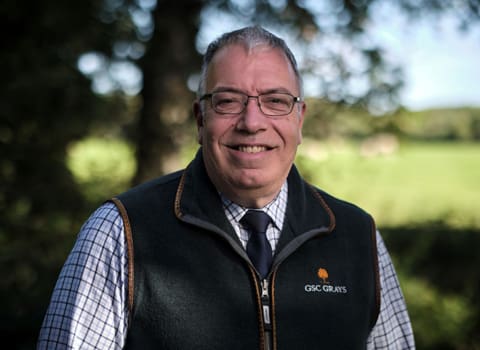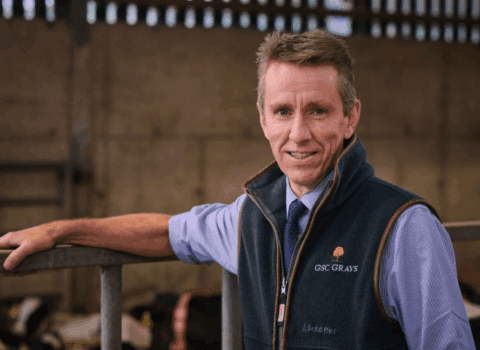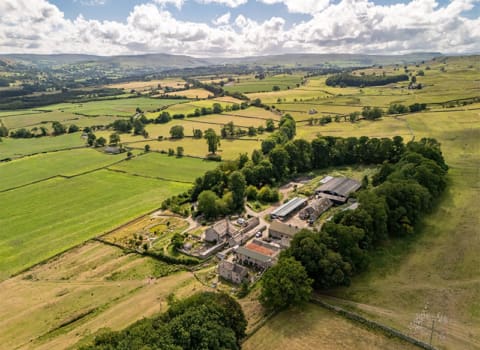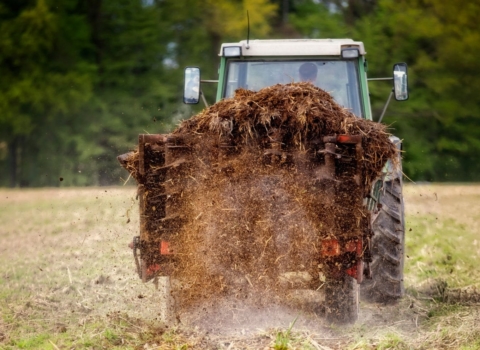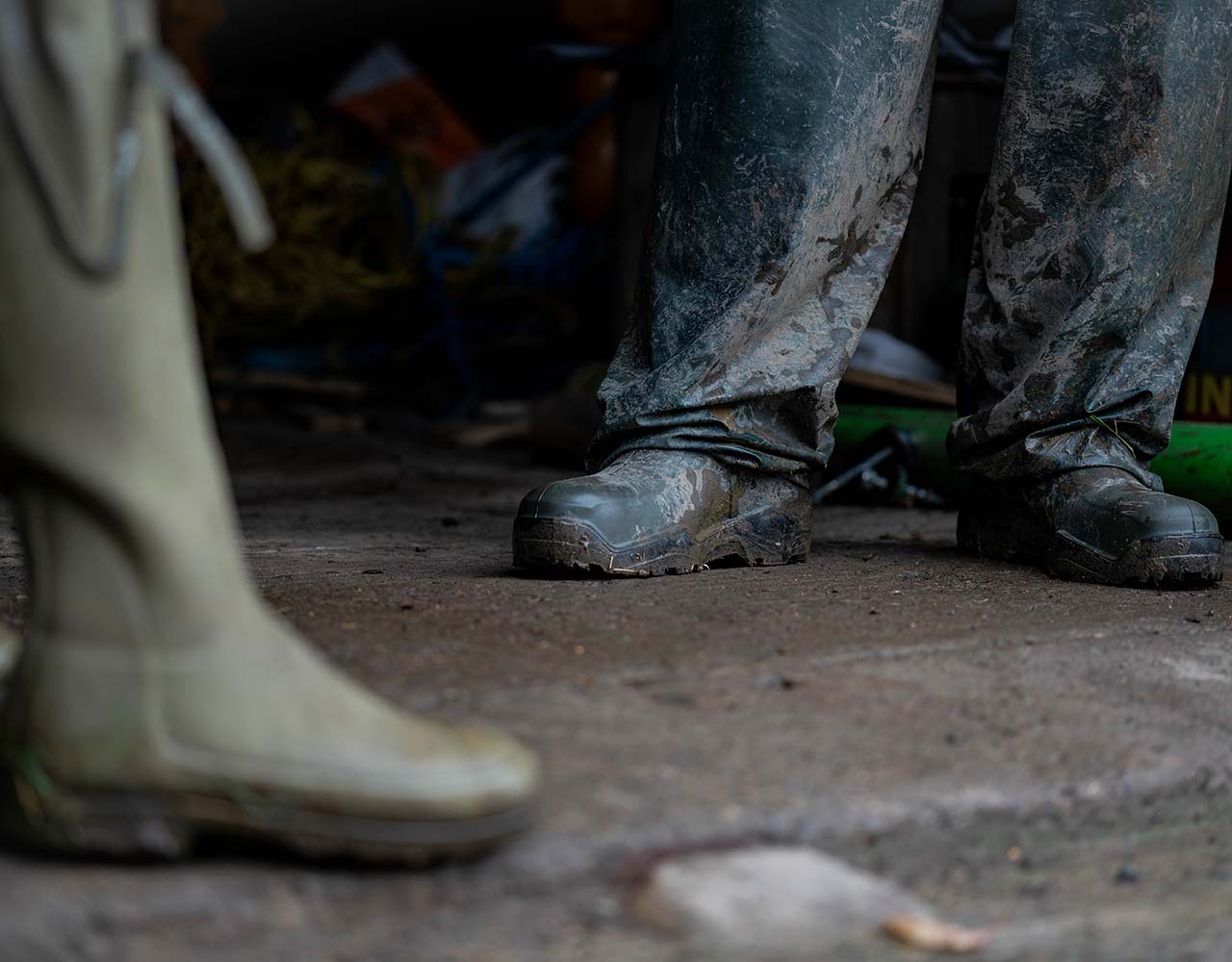Contact our offices
Main office
COLBURN
5 & 6 BAILEY COURT
COLBURN BUSINESS PARK
RICHMOND
NORTH YORKSHIRE
DL9 4QL
Estate Agency Offices are located in
BARNARD CASTLE, BOROUGHBRIDGE & RICHMOND
Residential Management Team
Our Offices
- Alnwick
01665 568310
Email Officealnwick@gscgrays.co.uk - Barnard Castle
01833 637000
Email Officebarnardcastle@gscgrays.co.uk - Boroughbridge
01423 590500
Email Officeboroughbridge@gscgrays.co.uk - Chester-Le-Street
0191 3039540
Email Officechester-le-street@gscgrays.co.uk - Colburn
01748 897630
Email Officecolburn@gscgrays.co.uk - Driffield
01377 337180
Email Officedriffield@gscgrays.co.uk - Hamsterley
01388 487000
Email Officehamsterley@gscgrays.co.uk - Hexham
01434 611565
Email Officehexham@gscgrays.co.uk - Kirkby Lonsdale
01524 880320
Email Officekirkbylonsdale@gscgrays.co.uk - Penrith
01768 597005
Email Officepenrith@gscgrays.co.uk

Labour’s renewable energy plans offer hope for farmers, but grid issues persist
By John Wallis, Director, GSC Grays
The Labour government’s plans to expand renewable energy and generation schemes could be life changing for farmers but the UK’s electricity infrastructure remains a stumbling block.
Fully understanding the options available will be key for farmers contemplating using land for wind or solar farms and even landowners not considering this kind of scheme may have power generation infrastructure forced upon them via Compulsory Purchase Orders (CPO).
Ed Miliband, the Energy Secretary, has already approved three large-scale solar farms that were previously stuck in planning to highlight a significant shift in policy.
As a result, I expect the Government’s stance will trigger more projects and currently at GSC Grays we are involved in 40 to 50 projects across the North of England and the majority are grid-scale solar and battery storage sites.
We have also been working with a number of clients who have been proactive on wind projects and some are almost ready to go to the market.
In most cases the farmer isn’t involved in running, managing, or building (the projects); they are ultimately leasing their land to a developer for a period of time, and they receive an annual income from it.
This income stream can be life changing as solar farms rents at the moment range from £850 to £1,200 per acre per annum. This provides a really good, guaranteed income for the landowner with payments typically indexed to inflation and lasting 40 years or more. These long-term, stable income opportunities are particularly appealing in an industry often characterised by volatility.
Over the last five years we have seen a big influx of solar schemes, largely because the financial viability of the projects has improved. What’s happened more recently is that the price of the equipment, such as solar panels and batteries, has come down, and, of course, the energy price has gone up. Suddenly, these projects are viable on their own.
It should be noted that grid capacity remains a factor as the national system was designed with central power stations feeding out power, rather than sporadic generation sites feeding power back in.
It is important for any landowner contemplating a power generation project to recognise three key factors; the need for grid connection; capacity available within the grid, and finally you need planning consent. Often, we come across clients who like the idea of a renewable energy scheme but fall short on one of those three factors.
To get anywhere near the government’s target of creating a zero carbon energy system by 2030, the amount of (grid) infrastructure, the government will have to implement over the next five years is going to be vast. CPOs are the government’s way of putting this infrastructure in place, sometimes without consent from the landowner.
We have a number of clients at the moment stuck in the grid queue, where they’ve made an application, potentially have planning permission or are going into planning, but haven’t been able to connect to the grid.
While renewable energy schemes offer great opportunities during their operational phase, it’s crucial to plan for what happens at the end of the term. Decommissioning costs can be substantial, so it’s essential to factor this into the planning process from the outset. Early advice, particularly concerning tax planning and the technical details of contracts is vital for anyone considering renewable energy projects.

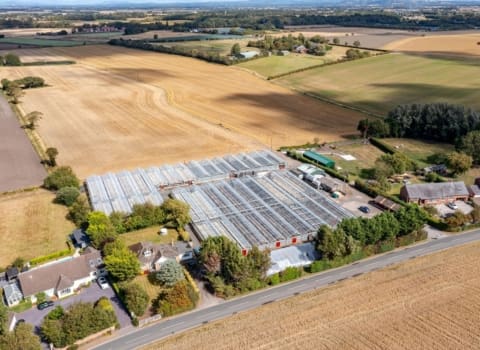
GSC Grays News
Rare opportunity to purchase former plant nursery with development potential
Read more

